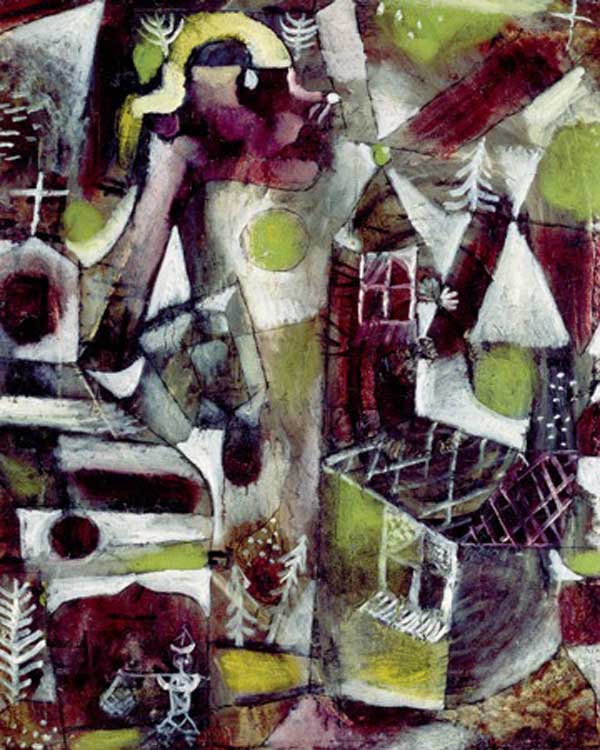As reported by Catherine Hickley in the New York Times, the heirs of a German art historian from whom the Nazis stole a Paul Klee masterpiece have finally been reimbursed, ending the longest-running legal dispute over Nazi-looted art. Painted in 1919, Swamp Legend (pictured above) came into the possession of Sophie Küppers, who several years later would marry the Russian Constructivist artist El Lissitzky. While Küppers and Lissitzky were in Russia, the Nazis stole Swamp Legend and several other significant artworks she had left behind in Germany, labelling them “degenerate art.” After WWII, Swamp Legend then passed through many hands, eventually being acquired by the city of Munich and the Gabriele Münter Foundation in 1982, four years after Sophie Küppers-Lissitzky’s death. In 1991, the heirs of Ms. Küppers-Lissitzky sued the city of Munich over the painting, demanding that it be returned. The city of Munich resisted doing so, claiming that rules governing the return of Nazi-looted art only applied to art taken from Jews. But after twenty-six years of legal wrangling, Munich has finally reached a settlement with the heirs of Sophie Küppers-Lissitzky: they will receive a sum of money equal to the market value of Swamp Legend, and the painting will remain in Munich’s Lenbachhaus museum. Read an excerpt from the Times piece below for more details:
Some experts have viewed the lengthy dispute over “Swamp Legend” as indicative of a certain obstinacy on the part of Bavarian institutions toward redressing Nazi-era looting. Another painting in the Lenbachhaus, Wassily Kandinsky’s “Colorful Life,” is the subject of a lawsuit filed in March and the heirs of Alfred Flechtheim, a Jewish art dealer, are suing the Bavarian regional government for the return of eight paintings they say were looted.
“A lot of Nazi-looted art ended up in Bavaria and there is still a great deal to do there in terms of transparency, provenance research and restitution,” said Anne Webber, co-chairperson of the Commission for Looted Art in Europe.
Officials in Bavaria suggest the criticism is unfair.
“The Bavarian Ministry of Culture and state collections and institutions are committed to vigorous provenance research with the goal of rectifying injustices of the Nazi era,” Bavaria’s minister of art, Ludwig Spaenle, said last week after another settlement with Jewish heirs was reached.
Klee painted “Swamp Legend” in 1919, while living in Munich, and it is believed that Ms. Lissitzky-Küppers’s husband, Paul Küppers, acquired it there directly from the artist. In 1922, though, Mr. Küppers died of tuberculosis and his widow met and fell in love with the Russian Constructivist artist El Lissitzky, whom she followed to the Soviet Union in 1926 and married a year later. On emigrating, she left her art collection of 16 paintings and one sculpture on loan to a German museum, the Hanover Provinzialmuseum — among them works by Kandinsky, Piet Mondrian and Fernand Léger, as well as “Swamp Legend” and two other Klee pictures.
These artworks were among more than 20,000 seized from German museums in the virulent crusade by the propaganda minister Joseph Goebbels against art that the Nazis, no fans of abstraction or other modern touches, perceived as “degenerate.” “Swamp Legend,” in particular, was scorned in the Munich “Degenerate Art” exhibition of 1937 as the product of the “confusion” and “disorder” of a “mentally ill person.”
Image of Paul Klee’s Swamp Legend via artinvestment.ru.
